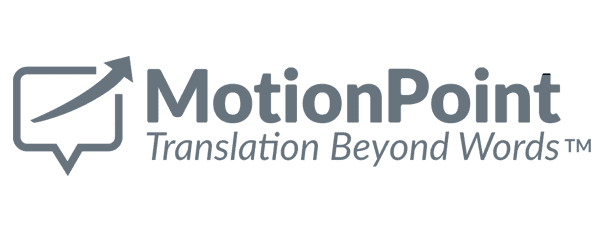




Providing localized online experiences for multilingual customers is a business best practice; most business leaders know that these days. What’s less commonly known, however, is the extensive work and resources that localized websites often require.
To sidestep the hassle and expense, many companies opt to leverage the built-in multilingual features of their Content Management Systems. This often proves to be a smart move … until it doesn't.
Unfortunately, even the most robust CMSs can create unexpected effort, cost and confusion for companies-which leads to delays, UX issues and other problems. Let's take a closer look.
Leading CMSs offer the ability to easily create and manage multilingual websites for multiple markets. These are often marketed as Multilingual CMSs. These platforms often offer:
Despite those advantages, multilingual CMSs aren't a perfect solution for all use cases. They ultimately have key limitations that demand more effort and resources than other website translation approaches.
Multilingual CMSs make it easier to store, organize and serve localized digital content, but they don’t help with the actual translation of content. Unless you create an in-house translation team, your current personnel must:
These tasks, and others, are required on an ongoing basis.
Companies must purchase plugin-like translation connectors from translation vendors to enable the export and import content to their CMS platforms. These are often quite costly, and may require significant (and ongoing) development to properly function with a company’s customized CMS instance.
Connectors are also often dependent on your CMS, meaning you'll have to buy a new one if you migrate your content to another platform. CMS upgrades and other changes to your tech stack can create compatibility issues, too.
In addition to purchasing a translation connector, you may need additional personnel to handle the technical and operational challenges associated with managing website localization projects, or train your existing teams to manage new workflows, processes and new technologies.
While multilingual CMSs often feature world-class website management technologies, the processes involved in translating their content remain fairly low-tech. The systems can only send all of the website’s content to a translation vendor, when in fact it should ideally send only the “net new” content that requires translation. (“Net new” content represents the new or updated content that was added to the site since the site’s previous content update.)
This inefficient process can create a significant economic costs because—due to the all-or-nothing way most vendors process content for translation—it dramatically increases the likelihood that previously translated text will be translated again and again.
This means you overpay for translations when vendors cannot—or will not—check to see if they have already localized phrases, sentences or pages within a new batch of incoming website content.
A multilingual CMS on its own won't show your linguists how translated content will appear "live" on your website. This puts your UX at risk for misaligned text and images, or translations that don't match your brand voice.
A lack of in-context editing tools also makes it challenging to create custom content for local markets.
Multilingual CMSs aren't the only solution companies can leverage for website localization. Other approaches can complement the features of multilingual CMSs while eliminating all the risks.
Look for world-class solutions that offer:
Complementing a CMS with a superior proxy translation is more effective and costs less—in translation costs, human resources, time and effort—than the ongoing expense and hassle of fussing with translation connectors and legacy translation vendors.
The best vendors help your company control costs, relieve technical and operational burdens from your teams and provide an engaging, authentic localized CX worthy of your brand.